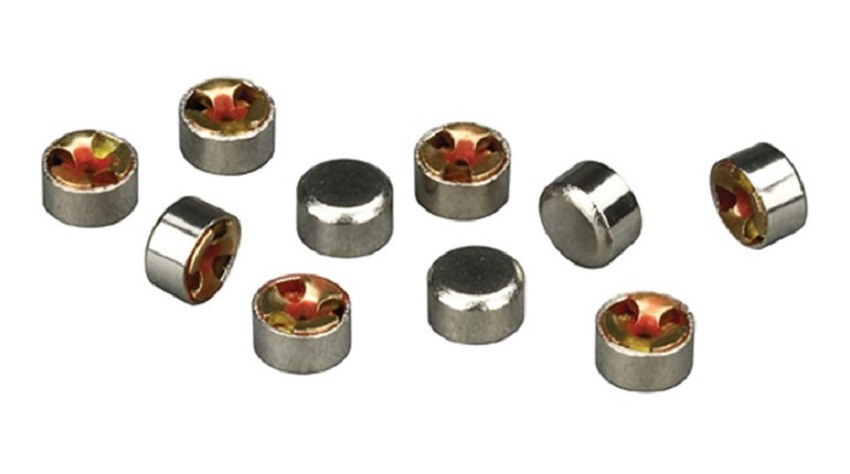A Primer on Reloading: Exploring the Science and Safety of Ammunition Creation

What is Ammunition?
Ammunition refers to the projectiles and propellant materials that are fired, scattered, dropped, or detonated from any weapon system. It’s an umbrella term encompassing a variety of ammo types, such as cartridges, shells, missiles, and bombs. Each type serves a specific purpose and varies in design, size, and intended use. For instance, handgun ammunition Charlotte caters to a broad audience of firearm enthusiasts who need reliable and varied options for their firearms. These options ensure that users find the correct ammunition for their particular needs, whether self-defense, target shooting, or hunting.
Types of Ammunition
Ammunition comes in various types and calibers, each designed for specific uses and functionalities. Among the most common types are centerfire and rimfire ammunition. Centerfire is typically used for larger firearms, such as rifles and handguns, while rimfire is more common in smaller calibers, like .22 long rifle rounds. Centerfire ammunition has a primer at the center of the cartridge base, making it suitable for high-powered firearms that demand more reliable ignition. Rimfire ammunition, on the other hand, has the primer distributed around the rim of the casing. This design is less expensive to produce and ideal for low-recoil firearms used in training and small game hunting.
Components of Ammunition
Ammunition comprises several critical components, each playing a distinct role in its functionality. These components include the bullet, casing, propellant, and primer. The bullet is the projectile that exits the barrel; the casing holds everything together; the fuel provides the explosive force needed to propel the bullet; and the primer ignites the propellant. Understanding these components can help in the proper maintenance and use of ammo. For instance, knowing that the bullet is usually made of lead and encased in a more rigid metal like copper can help shooters choose the right ammo type for their needs.
How Ammunition Works
The functioning of ammunition is a fascinating blend of chemistry and physics. Pulling a trigger causes the firing pin to move and strike the primer at either the cartridge base’s center or rim. This impact ignites the primer, which ignites the fuel inside the casing. This chemical reaction creates an expanding gas that builds pressure, forcing the bullet to exit the barrel at high velocity. The entire process happens in milliseconds, but the bullet must reach its intended target accurately. Knowledge in this area can improve usage and safety, as understanding the mechanics can help diagnose and prevent malfunctions.
Handling and Storage Tips
Proper handling and storage of ammunition are paramount for both safety and longevity. Keep your ammo somewhere dry and cold, and always keep it out of reach of children and unauthorized users. Extreme temperatures and humidity can degrade the propellant and primer, making the ammunition unreliable or dangerous. Regularly rotating your stock ensures you use the oldest ammunition first, preventing long-term degradation.
Safety Practices
To ensure safe firearms and ammunition usage, it is crucial to follow safety practices. Wearing protective gear like safety glasses and ear protection is essential to minimize injury risks. Regularly inspecting ammo for damage or corrosion is crucial to prevent malfunctions. Store ammunition securely away from flammable materials and follow basic firearm safety rules like pointing the firearm in a secure direction, not touching the trigger with your fingers, and being aware of your target and what’s beyond it.
